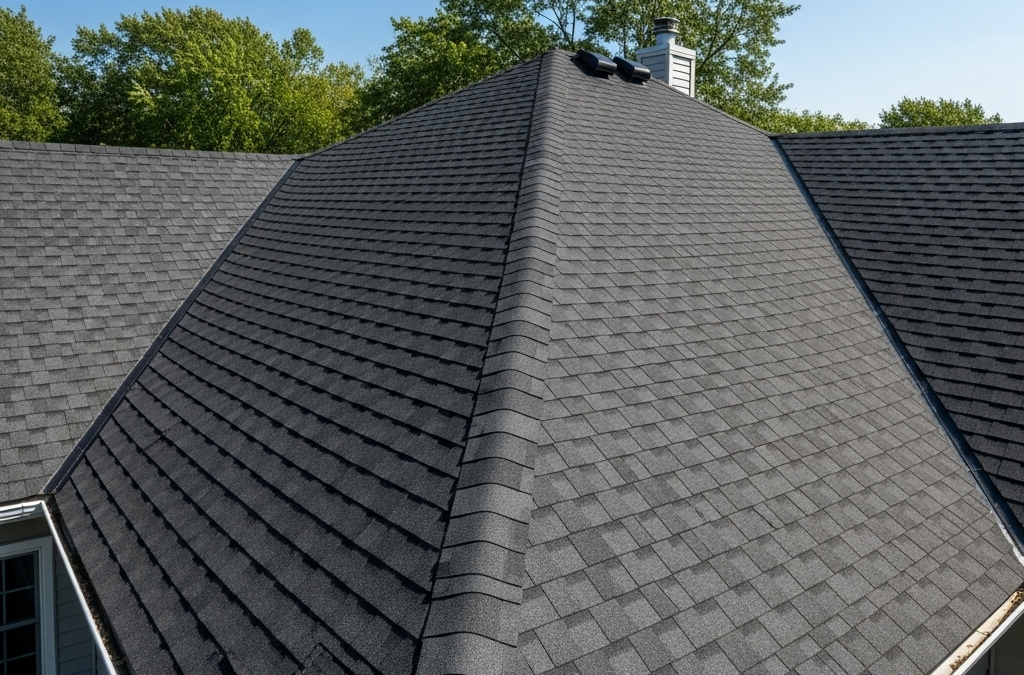More than just a capstone to your home, a roof is a meticulously engineered system, the culmination of scientific principles, material innovation, and structural design. It stands as your first and most vital line of defense against the relentless forces of nature – from the searing sun and torrential downpours to powerful winds and heavy snow loads.
What fundamental engineering principles dictate a roof’s structural integrity and its ability to withstand environmental loads?
This question explores the core mechanics. It encompasses understanding concepts like load-bearing capacity (dead loads from materials, live loads from snow/rain/wind), the role of trusses, rafters, and decking in distributing weight, and how a roof is anchored to resist uplift forces from high winds. It also considers seismic design principles and the critical role of proper fastening and connection points to ensure the roof remains a cohesive, robust unit against natural disasters.
How do material science advancements translate into superior roof performance and longevity across different climates?
The choice of roofing material is no longer just about aesthetics; it’s a scientific decision. This question examines innovations in materials like advanced asphalt shingles with enhanced granule adhesion and impact resistance, highly reflective cool roof coatings that reduce heat absorption, durable metal alloys designed for extreme weather, and self-sealing membranes. It also considers how these materials are engineered to resist UV degradation, thermal expansion/contraction, moisture ingress, and biological growth, tailored to the specific challenges of diverse climatic zones (e.g., steep pitches for snow, reflective surfaces for heat, reinforced systems for wind).
What is the optimal interplay between roof pitch, ventilation, and insulation for maximizing energy efficiency and indoor comfort?
An ideal roof is a climate control system. This question dives into the thermodynamics and aerodynamics of roof design. It explores how specific roof pitches facilitate efficient water runoff or snow shedding, the science behind effective attic ventilation (balancing intake and exhaust) to prevent heat buildup in summer and moisture accumulation/ice dams in winter, and the role of various insulation types in creating a thermal barrier. Understanding this balance is key to minimizing energy consumption for heating and cooling, ensuring a comfortable indoor environment.
Beyond immediate protection, how is an ideal roof engineered for long-term resilience, minimal maintenance, and future adaptability (e.g., for solar integration)?
An ideal roof is built for the future. This question looks at the long-term engineering considerations. It includes the design for ease of inspection and repair, the strategic placement of flashing to prevent leaks at vulnerable points, and the overall system’s ability to resist common issues like mold, rot, and pest intrusion. Crucially, it also examines how a roof can be engineered from the outset to seamlessly integrate future technologies like solar panels, rainwater harvesting systems, or smart monitoring devices without compromising its primary protective function or aesthetic appeal.
Conclusion
Engineering your ideal roof is a sophisticated endeavor that transcends mere construction; it’s truly “The Science of Shelter.” By applying principles from structural mechanics, material science, thermodynamics, and civil engineering, modern roofing systems are designed not just to withstand the elements, but to actively contribute to a home’s energy efficiency, comfort, and long-term value.

